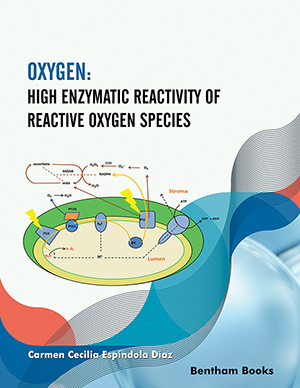Abstract
The high enzymatic reactivity of reactive oxygen species can be seen in the metabolism of flavonoids, since throughout the metabolic process that presents this type of chemical compounds as trapping agents of reactive oxygen species or antioxidants, finally and due to the speed of reaction they themselves become promoting agents of the same reactive oxygen species. The flavonoids are organic molecules that, due to their chemical nature and their low redox potential (0.23 < E7 < 0.75 V), can easily react with oxygen-free radicals, inhibiting both the action of the radicals and the molecules producing them; through antioxidant action mechanisms; some of which are explained by physicochemical and molecular parameters such as heat formation (ΔHf), Ionization potential and (IP Bond dissociation energy (BDE). However, after bioavailability and absorption, the flavonoids promote oxygen free radical’s production acting as prooxidants mainly through hydrogen atom transfer HAT or simple electron transfer-SET mechanisms, properties and mechanisms of antioxidant and prooxidant reaction.
Keywords: Antioxidants, Bioavailability, Bond Dissociation Energy – BDE, Flavonoids, Formation heat of flavonoids radical -ΔHf, Hydrogen atom transfer - HAT, Measurement -ROS, Prooxidant enzymes mechanism, Pro-oxidant mechanisms of flavonoids, Quantitative Structure-Activity Relationship-QSAR, Radical trapping, Redox chemistry, Single electron transfer -SET, Structure- Activity Relationship-SAR.






















